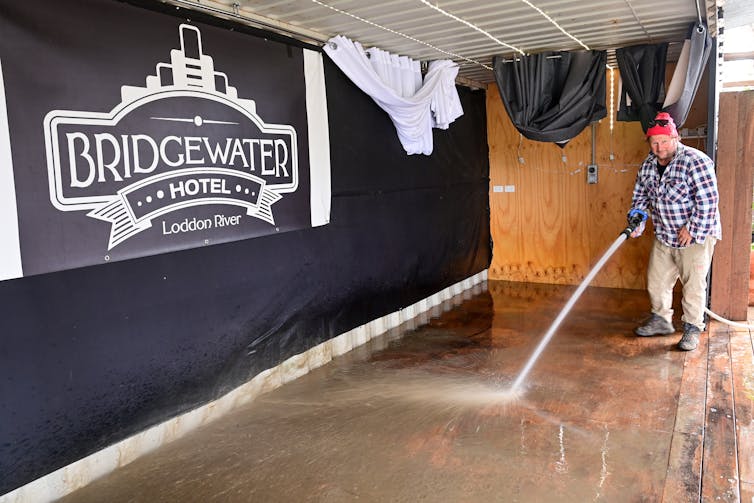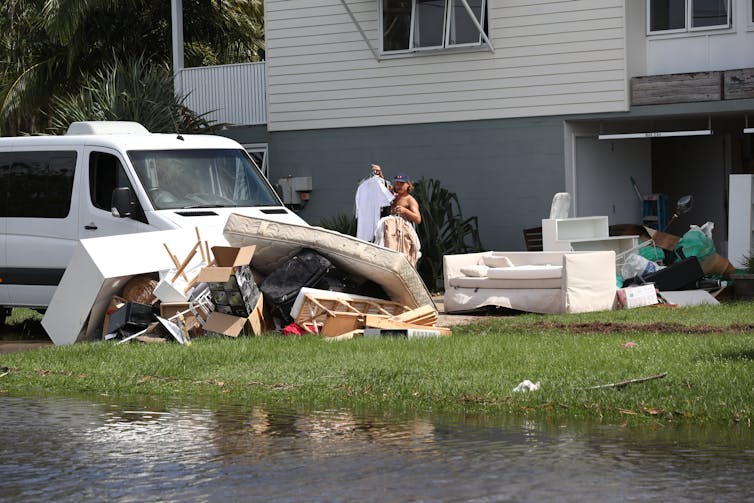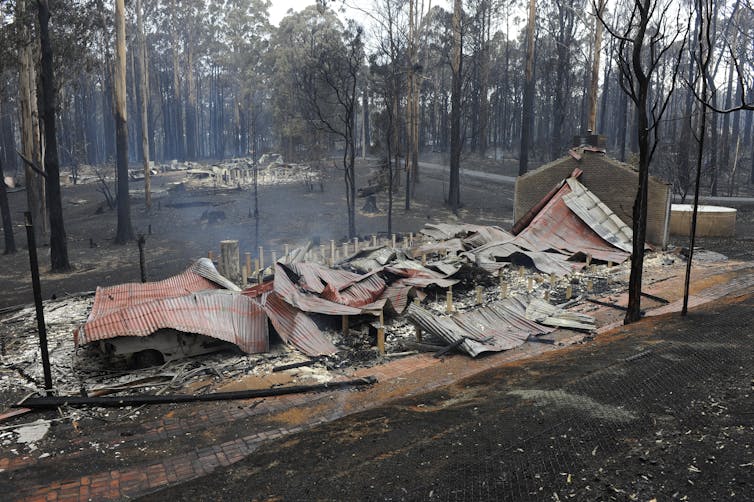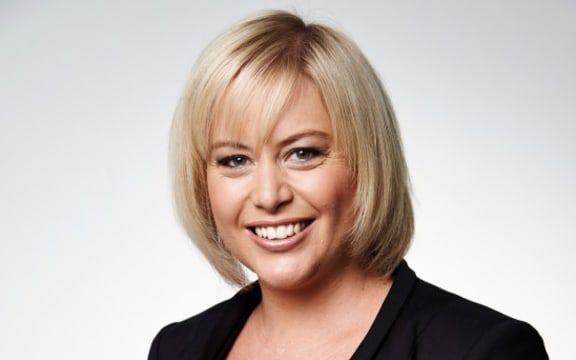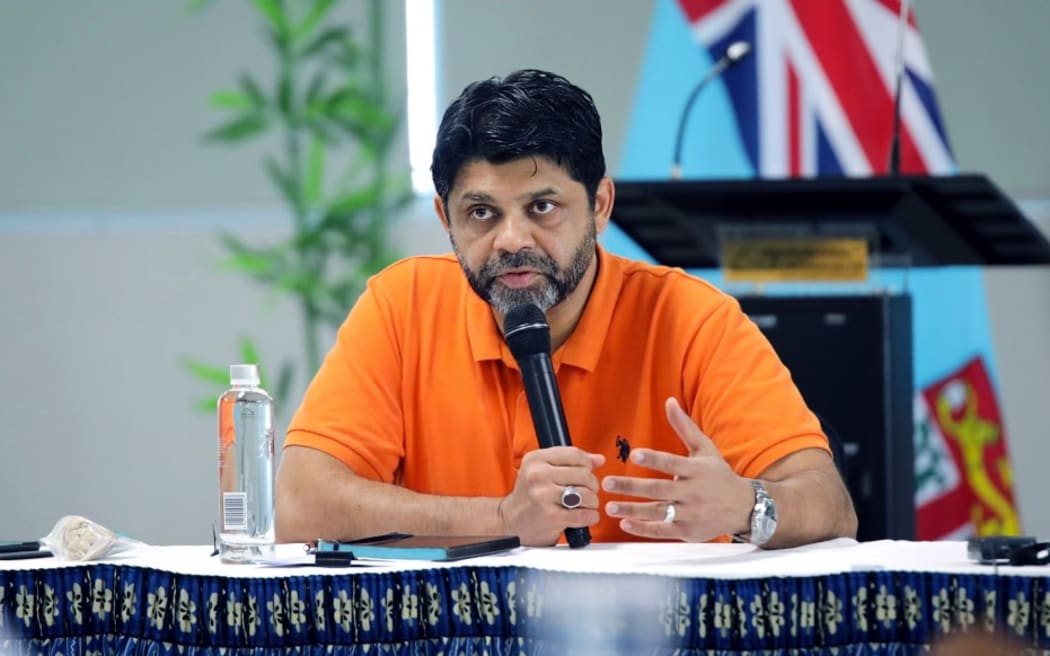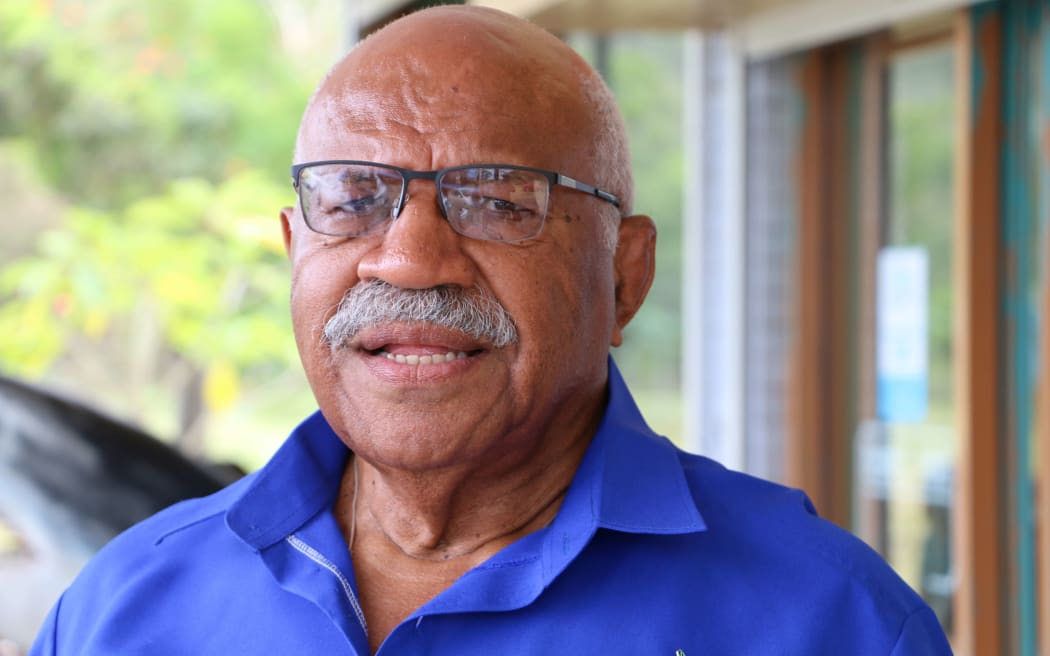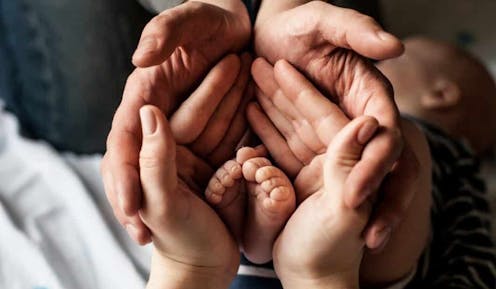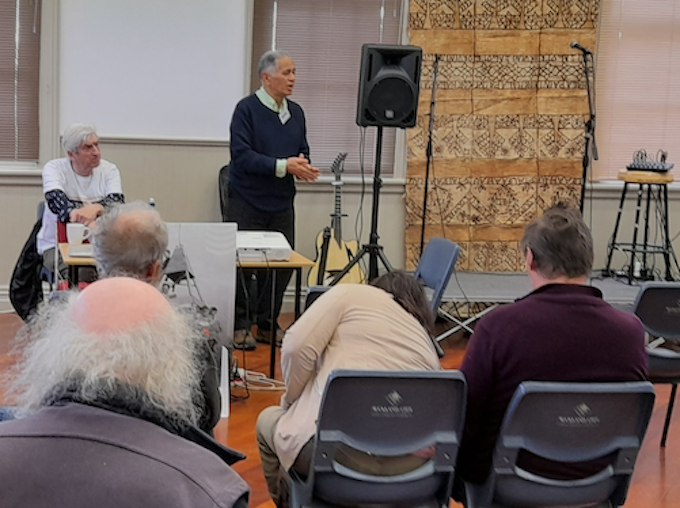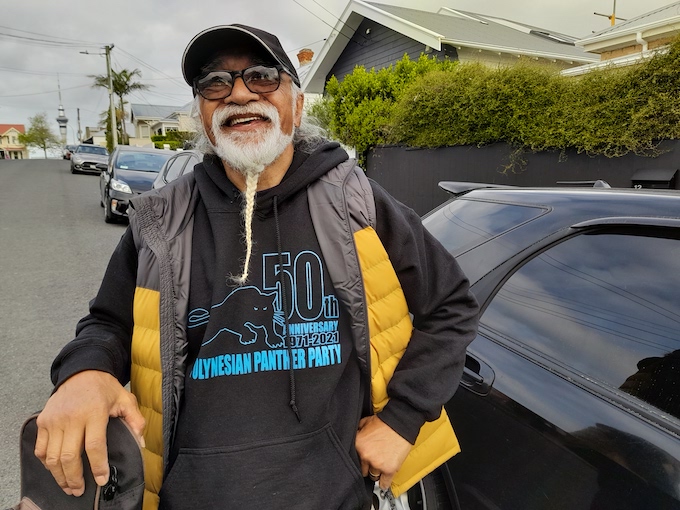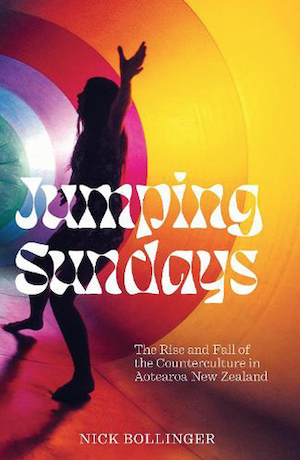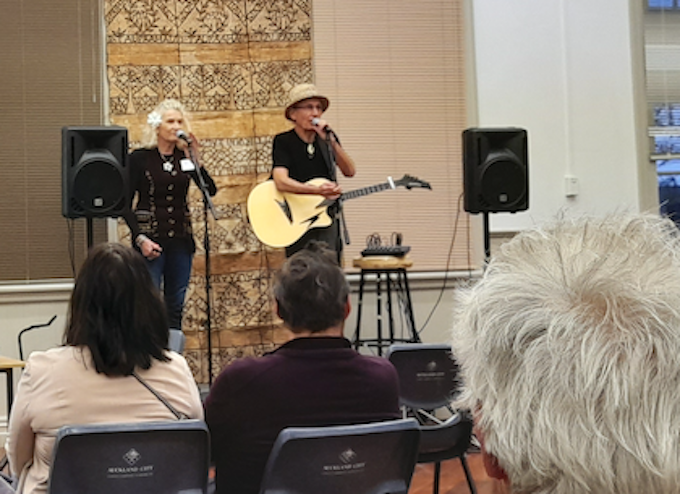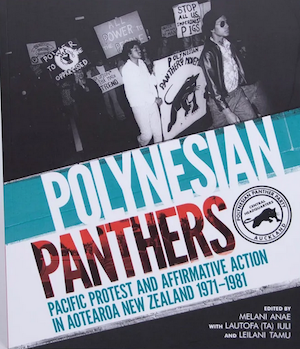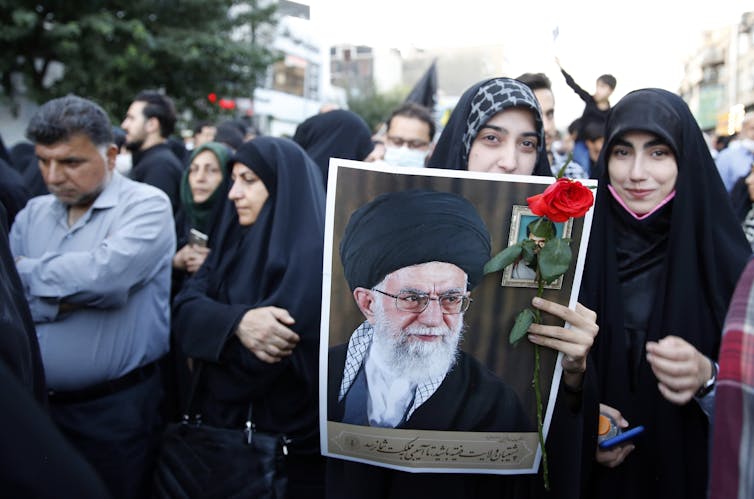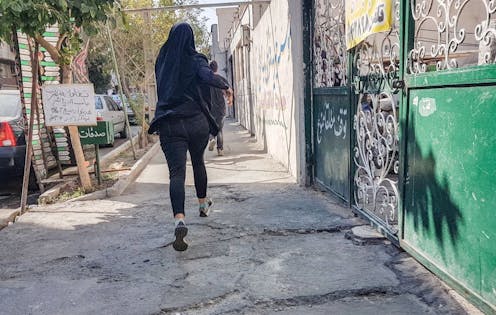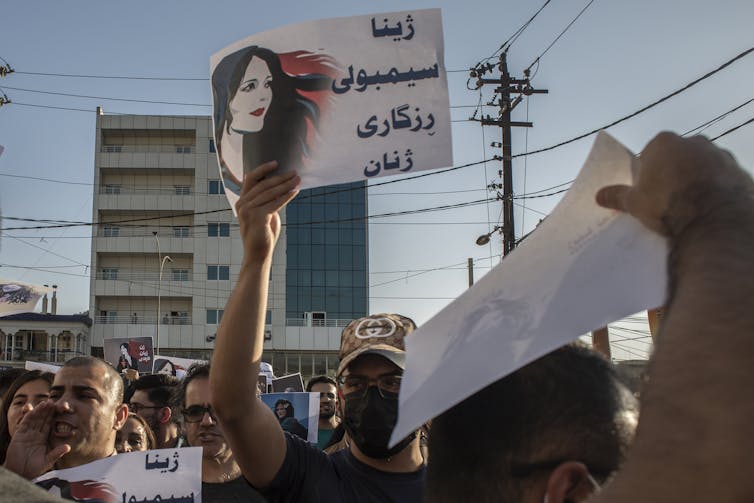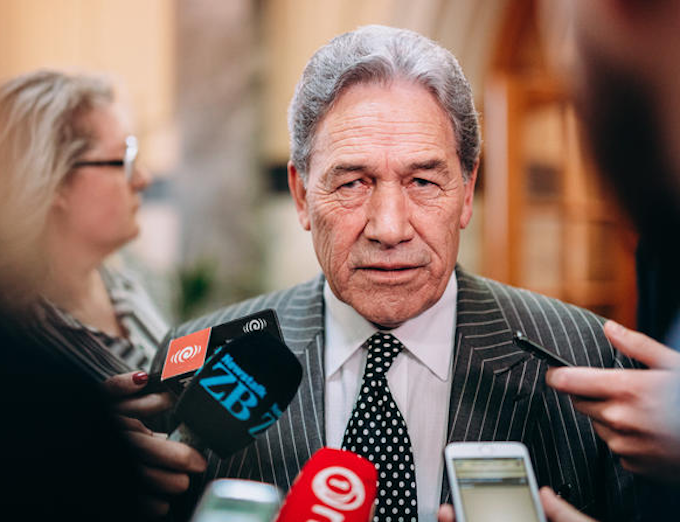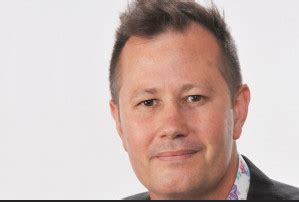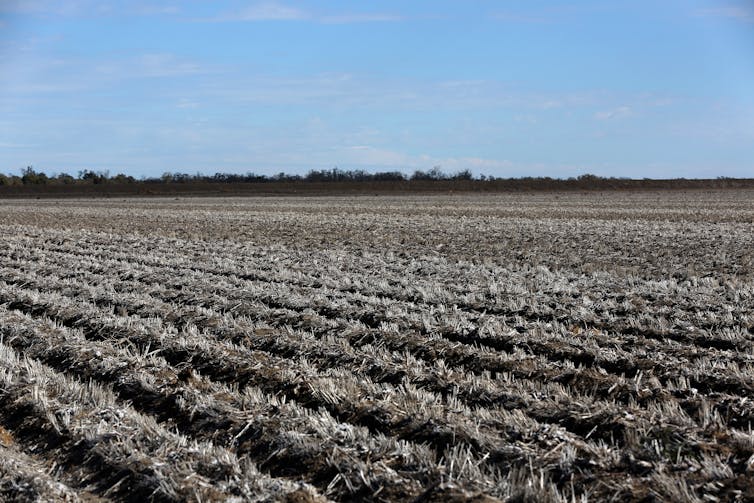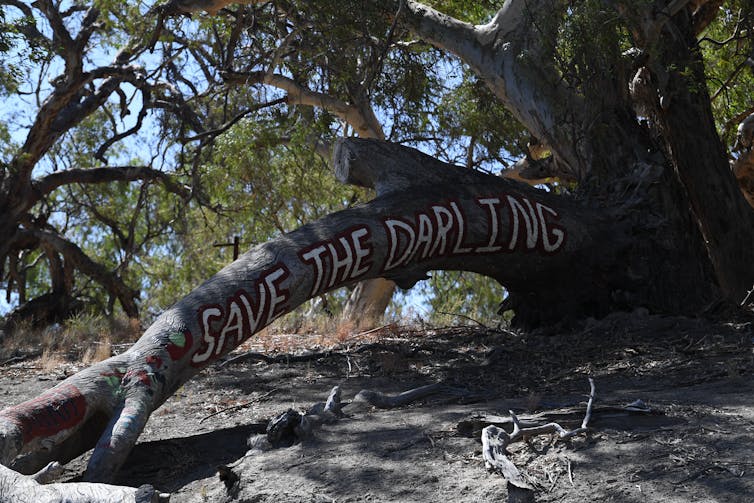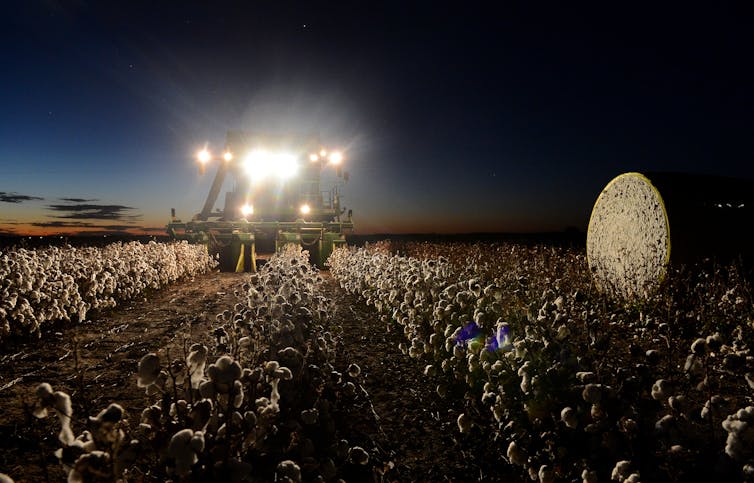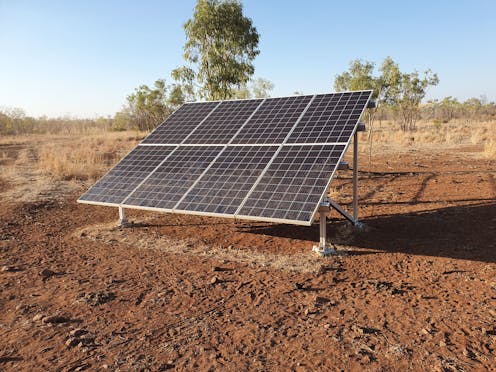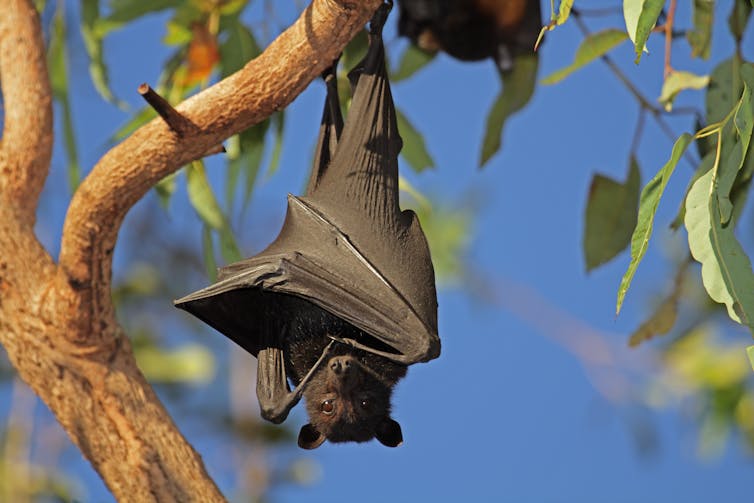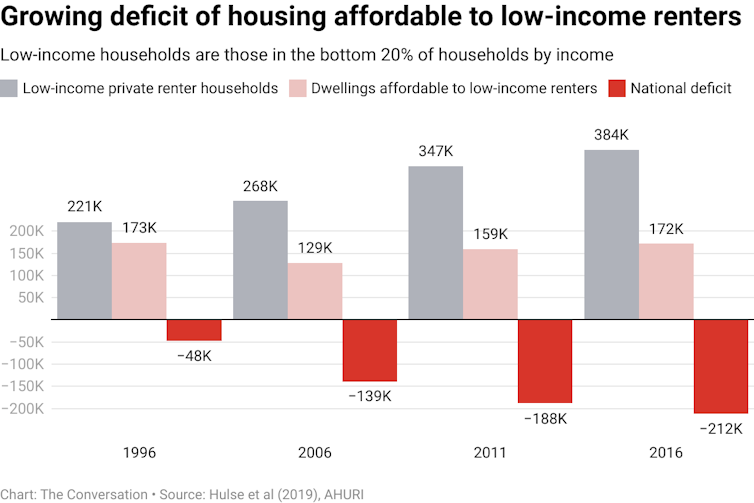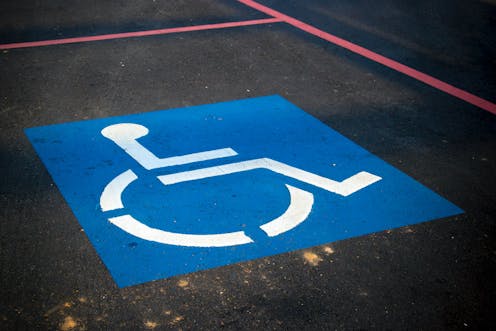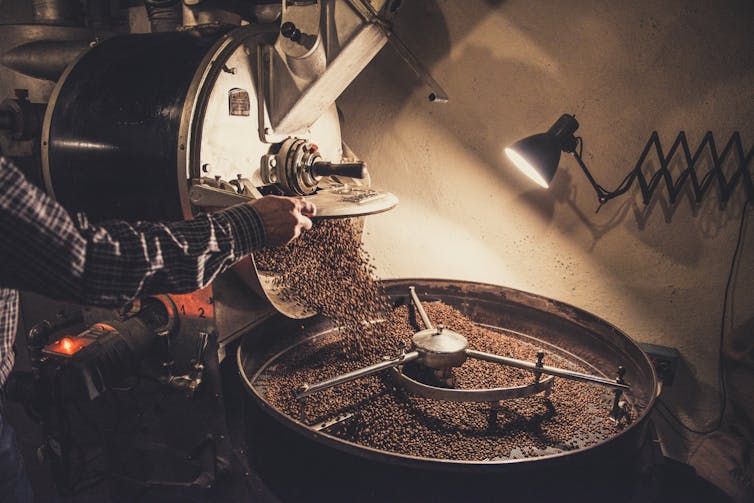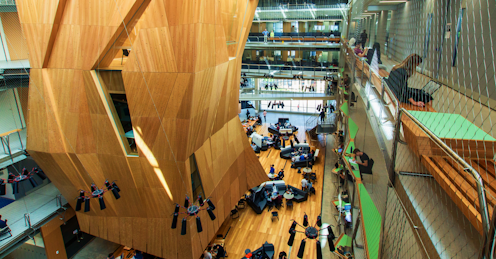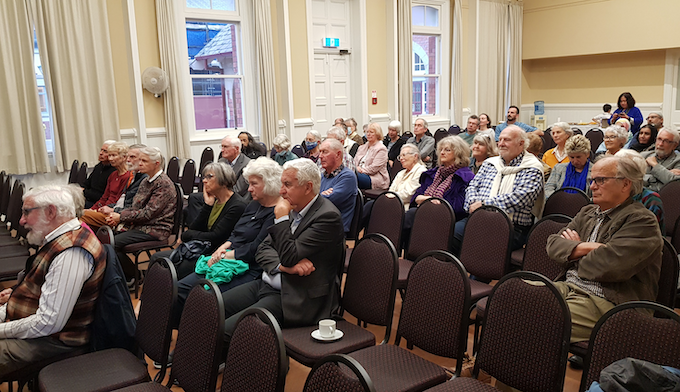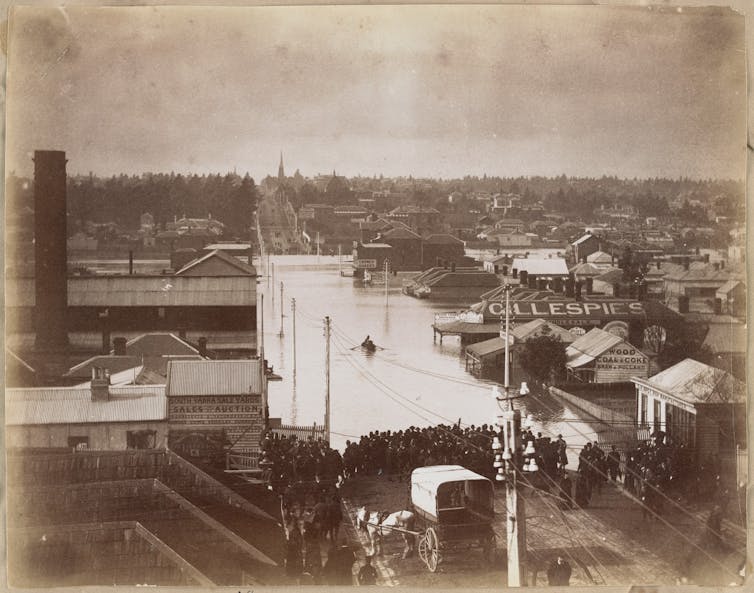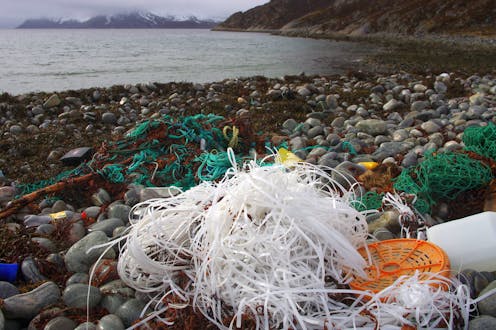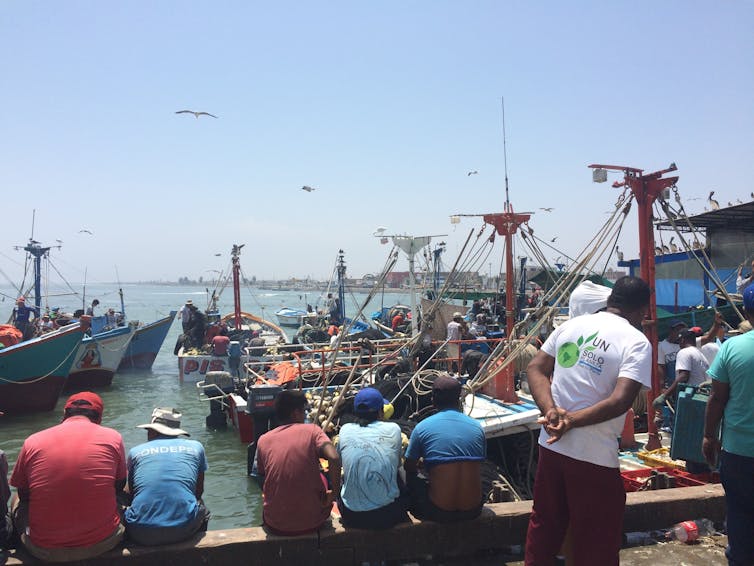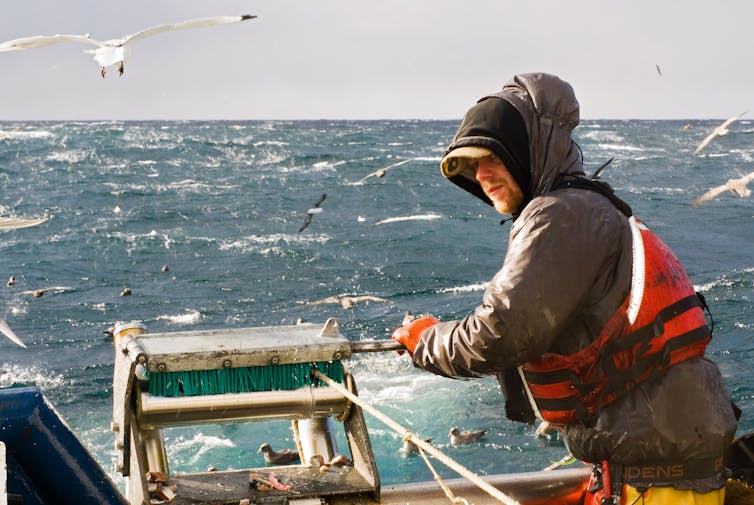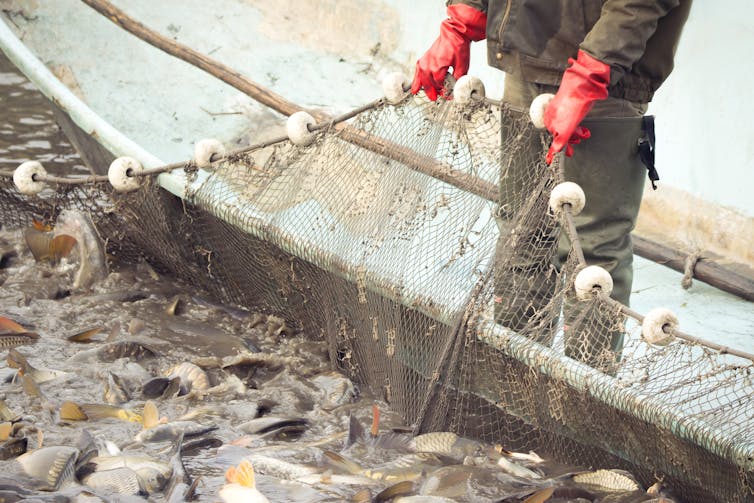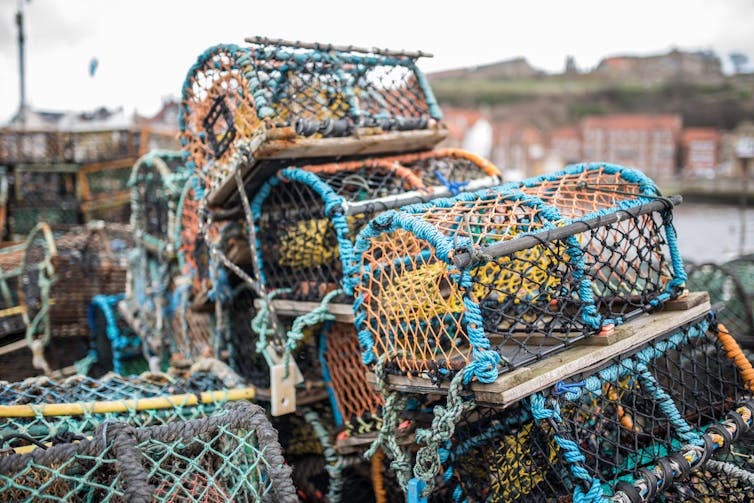Source: The Conversation (Au and NZ) – By Nick Parkinson, Associate, Grattan Institute

Christina @wocintechchat.com/ Unsplash
School education in Australia needs a circuit-breaker. Student performance continues to stagnate and teachers report excessive workloads and alarming rates of stress.
Our new report from the Grattan Institute, Ending the Lesson Lottery: How to Improve Curriculum Planning, looks at how teachers could be much better supported.
Rather than tinkering at the edges of the education system, we should be looking more closely at curriculum planning – the process of deciding what to teach and the materials to use. This would reduce the load on teachers and help boost student achievement.
Why is lesson planning so important?
The Australian school curriculum and state versions provide broad direction on what to teach. But they leave teachers to do the heavy lifting when it comes to lesson planning and assessment.
To make the most of class time, lessons should be carefully planned and sequenced so teachers can build on student learning in previous years and set up future learning. This requires a coordinated approach to curriculum planning, across all school years and subjects.
Read more:
Why is Peter Dutton trying to start another political fight over the school curriculum?
This is where a comprehensive bank of curriculum materials, which teachers can use and adapt, comes in. It means, for example, that all year 3 teachers at a school agree on the key storybooks they’ll use. And it means a student in one year 7 health class learns from the same classroom materials as their peers down the hall. While they’re using the same materials, teachers will make adjustments based on their students and bring their personal flair to the classroom.
A crucial part of this is a whole-school commitment to the process, so teachers work together and agree “this is what we’ll teach, this is how we’ll teach it, and these are the materials we’ll use”.
Without an approach like this, students can miss crucial content, double up on topics or get contradictory explanations from one classroom to the next. It also increases the odds that lessons are hastily cobbled together because a teacher simply – and understandably – ran out of time.
Our survey
As part of a new report, we surveyed more than 2,200 teachers and principals about curriculum planning.
We asked them if they had a bank of high-quality curriculum materials for all classes at their school. Only 15% said yes. Teachers in disadvantaged schools were only half as likely to have a bank as those in advantaged schools.
Our survey also found 50% of teachers spend six or more hours a week creating and sourcing lesson materials, and a quarter of teachers spend ten hours or more. Pressed for time, 66% of those surveyed go to social media sites such as Facebook and YouTube to look for materials. The quality of what they find obviously varies widely.
Burdened with a heavy planning load, it’s no wonder teachers are crying out for help. Teachers told us they cannot possibly maintain high-quality planning within reasonable working hours. As one teacher in the survey said:
There’s not enough hours in the day to make materials as high-quality as I would like them to be. I forever feel guilty for not being good enough.
Curriculum banks save time
Our survey found teachers in schools with a bank of common materials for all their subjects spend three hours a week less sourcing and creating materials. And these teachers are almost four times more satisfied with curriculum planning at their school.
Teachers in schools with a bank are also nearly twice as likely to say students consistently learn the same thing, no matter who they’re taught by, compared to teachers in schools without one.
Nine out of ten teachers surveyed said access to shared, high-quality materials would give them more time to meet the needs of individual students. Many were frustrated that it isn’t the norm. As another teacher told us in the survey:
It frustrated me to no end that schools and governments do not provide resources/lesson plans/unit plans that are ready to go. I was a lawyer before I was a teacher, and I would never have drafted a legal document without using a precedent!
Many schools will need help
Our report also profiles schools who have managed to establish an effective whole-school approach to curriculum planning. Four in five are public schools and they come from a range of areas, from metropolitan to regional.
What they have in common is school leaders who understood the need for a materials bank, prioritised school time and resources to develop it, and built a culture of professional trust where teachers share materials.
Our case studies didn’t have much government help, but realistically, without it, most schools will find it challenging to follow their lead.
Governments and education sector leaders need to invest in more high-quality, comprehensive curriculum materials that schools can choose to adapt and use.
Schools will also need more curriculum-specific professional development and less generic training.
We estimate an investment of between $15 million and $20 million would be enough to develop comprehensive high-quality materials for a single subject, up to year 10 level. This is a small amount in the overall scheme of the $71 billion we spend a year on education.
These materials should also be quality assured by an independent, expert body.
It is important to note that governments don’t necessarily have to do all the development work themselves. The United Kingdom uses a mix of government-made, charity and commercial providers for materials.
But time and money is only part of the solution. At the individual school level, we need principals prepared to lead change.
This is about giving teachers more time for teaching (not less)
Previous debate around lesson banks have sparked some anger among teachers who say lesson planning is a core part of their profession and should not be “outsourced”.
But this is not about removing school autonomy or downgrading professional expertise. Our case studies found a whole-school approach meant teachers could spend more time planning key lessons (rather than being stretched thin across 20 lessons a week).
Read more:
Australia spends $5 billion a year on teaching assistants in schools but we don’t know what they do
Our survey also overwhelmingly found teachers thought having access to high-quality materials would give them more time to respond to the individual needs of their students.
This is also not a call to mandate the curriculum materials that teachers must use. It is about increasing the availability of quality materials so schools have more options. Schools may adapt what is provided or choose to develop their own shared curriculum materials (provided they have the time and resources).
The burden of having to plan mostly from scratch is taking a heavy toll on teachers. A new partnership is needed between governments, education leaders, and schools to reduce this. Failure to do so is unfair on teachers as well as students.
![]()
Nick is currently training to be a teacher at the Melbourne University’s Graduate School of Education.
– ref. ‘I feel guilty about not being good enough’: why all Australian schools need teaching material banks – https://theconversation.com/i-feel-guilty-about-not-being-good-enough-why-all-australian-schools-need-teaching-material-banks-192399


